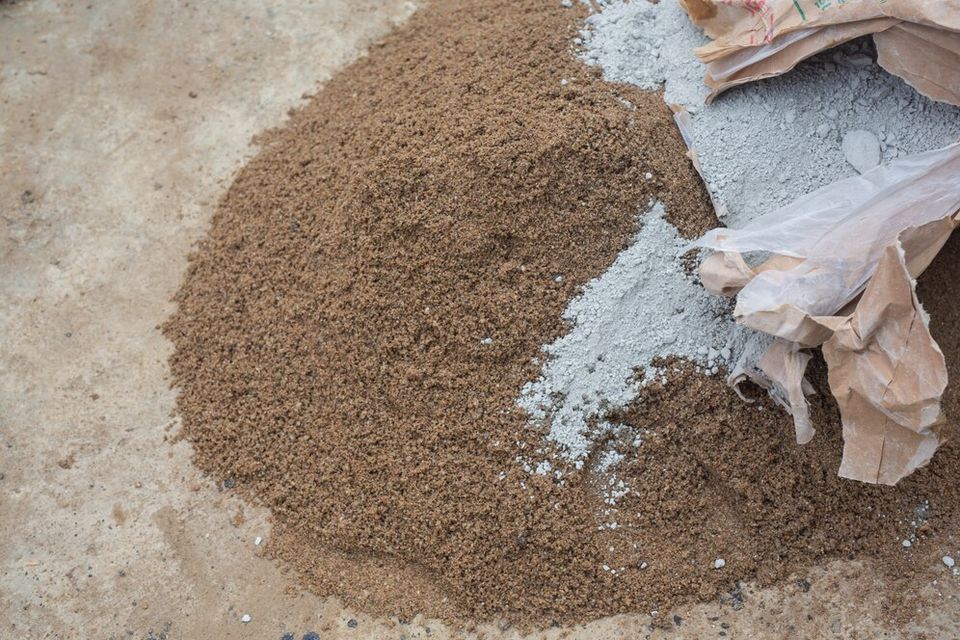The continuous growth and modernization of infrastructure demand long-lasting and resilient solutions to meet the ever-changing needs of today's society. Achieving the desired level of infrastructure durability is highly dependent on the strength and stability of the soil on which it is built. One proven method for enhancing soil properties and overall infrastructure resilience is Soil Cement Stabilization. This technique combines soil, cement, and moisture, translating into a well-compacted and uniform layer suitable for high-performance pavements, foundations, and other construction applications.
In this comprehensive blog, we will explore the ins and outs of Soil Cement Stabilization, examining its advantages, applications, and best practices for implementation. Additionally, we will discuss how partnering with Terra-Firma Stabilization & Reclamation, a leader in Asphalt Pulverization, Soil Improvement & Modification, Soil Stabilization, and Full-Depth Reclamation, can significantly enhance your infrastructure resilience through expertly executed Soil Cement Stabilization solutions.
Enhancing Infrastructure Resilience with Soil Cement Stabilization Techniques1. The Fundamentals of Soil Cement StabilizationSoil Cement Stabilization is a technique that involves mixing and compacting soil, cement, and water to create a robust, uniform foundation layer. This innovative process works by promoting cement hydration to form a strong, cohesive structure suitable for high-performance construction applications. The key aspects of Soil Cement Stabilization include:
a. Soil Selection: Soil types with a low plasticity index are ideal for cement stabilization, as they promote better mixing and strength development.
b. Cement Content: The cement content in Soil Cement Stabilization depends on factors such as material quality, soil gradation, and construction requirements. Proper proportions ensure optimal strength development.
c. Moisture Content: Adequate moisture content is crucial for optimal cement hydration, guaranteeing a successful stabilization process. Lab testing is often conducted to determine the ideal moisture content for a specific project.
d. Compaction: Achieving the appropriate level of compaction ensures a consistent, stable foundation layer, maximizes strength, and minimizes future settlement.
2. Advantages of Soil Cement StabilizationIncorporating Soil Cement Stabilization into infrastructure projects comes with a host of benefits, including:
a. Enhanced Strength and Stability: Stabilized soil layers facilitate higher bearing capacity and load distribution, thereby boosting overall structural strength and stability.
b. Extended Pavement Life: Soil Cement Stabilization enhances pavement durability and reduces the need for frequent repairs or replacements, leading to lower long-term maintenance costs.
c. Improved Working Conditions: Stabilized soil with cement decreases the sensitivity to moisture, allowing construction to continue during wet weather conditions, effectively reducing project downtime.
d. Environmental Sustainability: Soil Cement Stabilization allows the utilization of local materials or recycled granular aggregates, contributing to reduced material consumption and transport-related emissions.
3. Applications and Use Cases for Soil Cement StabilizationSoil Cement Stabilization has a wide variety of applications in infrastructure projects, such as:
a. Pavements and Roadways: Soil Cement Stabilization is commonly employed in the construction of pavements and roadways, providing a sturdy foundation layer and long-lasting surfaces for high-traffic areas.
b. Airport Runways and Taxiways: A well-compacted, stabilized soil layer enhances load-bearing capacity, making Soil Cement Stabilization a preferred choice for airport runways and taxiways that endure heavy load and traffic.
c. Bridge Foundations: By reinforcing the soil properties, Soil Cement Stabilization offers enhanced support and stability for bridge foundations, prolonging the lifespan of these vital infrastructures.
d. Embankments and Levees: Soil Cement Stabilization can be employed to reduce erosion and improve the stability of embankments, levees, and other civil structures aimed at mitigating natural hazards.
4. Best Practices for Implementing Soil Cement StabilizationTo unlock the potential of Soil Cement Stabilization in infrastructure projects, consider the following best practices:a. Thorough Material Testing: Conducting comprehensive tests on soil properties and cement content ensures the optimal mix composition for maximum strength development.
b. Appropriately Timed Compaction: Compact the soil and cement mixture as soon as possible after mixing to avoid prematurity cement hydration and achieve maximum compaction benefits.
c. Layering Approach: Building a foundation in compacted layers promotes even settlement, reduces the chances of surface defects, and improves overall strength and stability.
d. Partner with Industry Experts: Engage with experienced soil stabilization specialists, such as Terra-Firma Stabilization & Reclamation, to gain access to valuable knowledge, innovative technologies, and unmatched support throughout the entire stabilization process.
Fortifying Infrastructure with Soil Cement Stabilization SolutionsInvesting in Soil Cement Stabilization techniques for infrastructure projects is a smart decision that yields long-term durability, environmental sustainability, and cost-effectiveness. Understanding the nuances of this powerful technique and the best practices for implementing it can make a significant impact on the success of your infrastructure projects.
Partner with Terra-Firma Stabilization & Reclamation, a leader in Asphalt Pulverization, Soil Improvement & Modification, Soil Stabilization, and Full-Depth Reclamation, to leverage our unique expertise and experience in Soil Cement Stabilization. Our solutions are tailored to your specific project needs, ensuring that your infrastructure stands the test of time.
Contact Terra-Firma Stabilization & Reclamation today to explore our
Soil Cement Stabilization services and learn how we can help you elevate the quality, durability, and resilience of your infrastructure projects.

